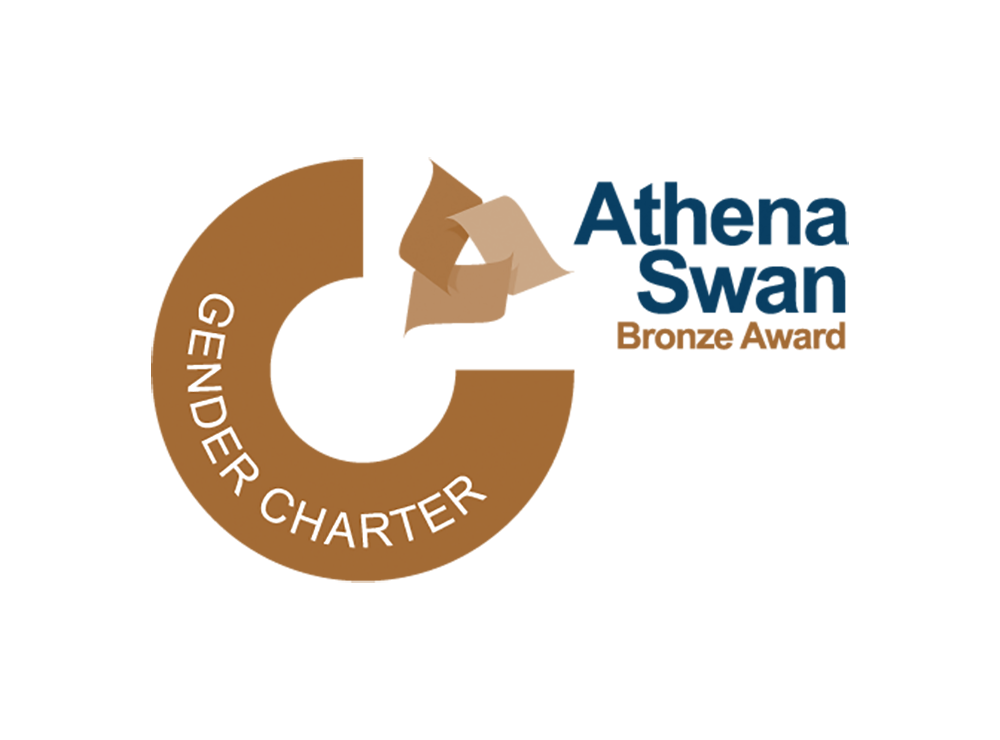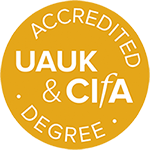
Aerial photography provides additional information on the current landuse. Although some archaeological sites are visible in the photographs, many are not. The area is predominantly used as pasture and therefore there are very few crop marks.
The vertical photographs were taken at 1: 12,500 scale by the Unit for Landscape Modelling. The photography covers a 12 km by 10 km area.
The lidar surface and intensity image are used to orthorectify and mosaic the vertical photography.

The photographs themselves can also be used to create a Digital Surface Model, using software photogrammetry. This lower resolution terrain model provides the wider landscape context.
In order to create an accurate terrain model from the photographs, over a hundred Ground Control Points were collected using differential GPS. Ground Control Points must be locations which are clearly and distinctly visible both in the photographs and on the ground.

The terrain model created from photogrammetry can then itself be used in conjunction with the Ground Control Points to orthorectify the photographs.
© 2004 Corinne Roughley and Colin Shell


